Today, there are important updates from the Russian Federation.
Here, the Ukrainian forces surprised everyone by launching Atacms missiles against key military targets inside Russia. The powerful weapon made an unexpected comeback, proving its devastating power by destroying one of Russia’s most important training grounds.
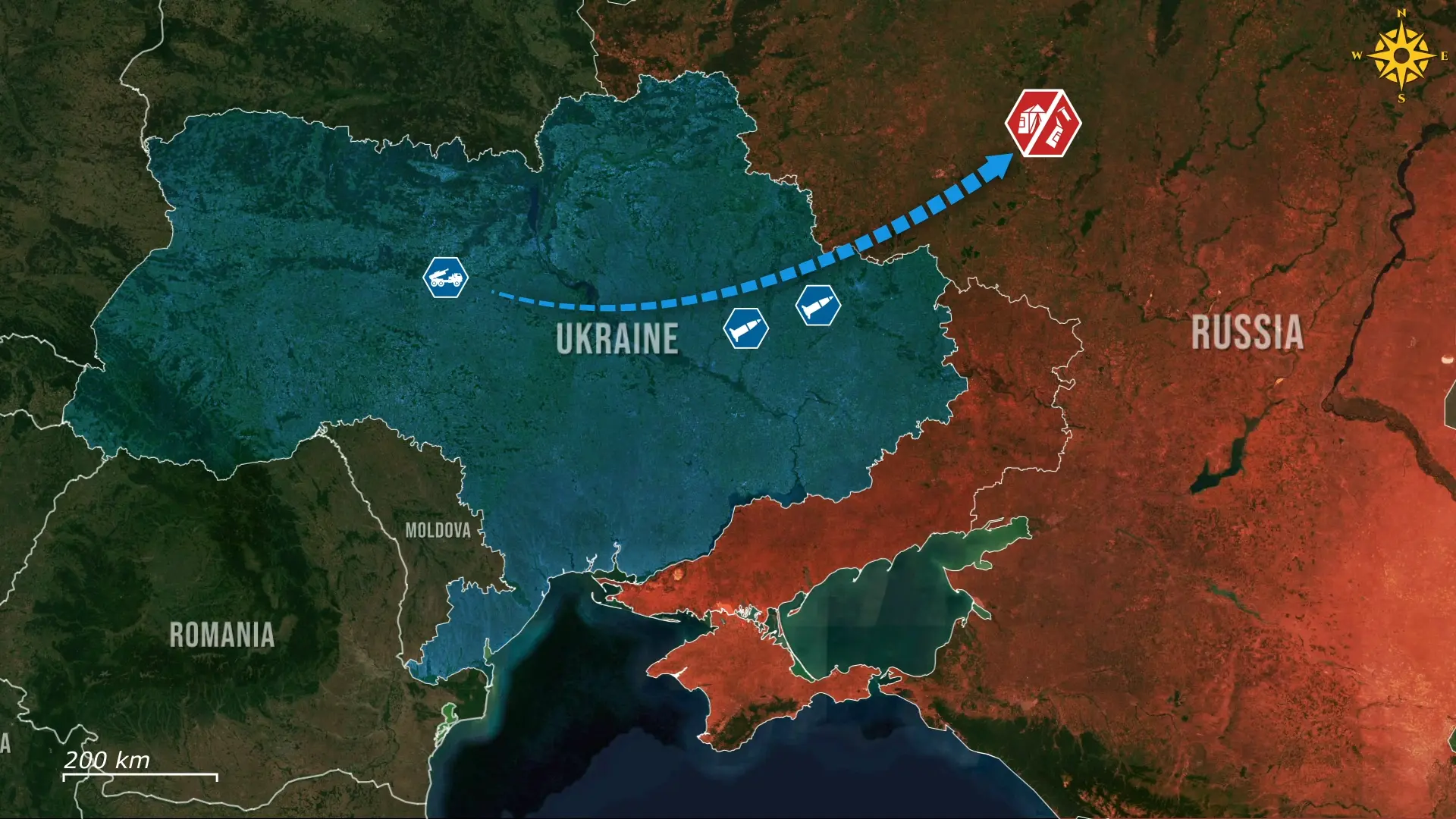
The first signs of the Ukrainian strike came from within Russia itself, when residents began posting confused videos of unidentified missiles cutting across the sky above the Belgorod and Voronezh regions. More clips followed of Russian air-defense crews firing rapidly, with visible traces in the sky as they attempted to intercept an incoming threat. Discussions quickly spread across Russian military channels, with analysts speculating whether Ukraine had launched a new class of long-range drone or perhaps a ballistic missile.
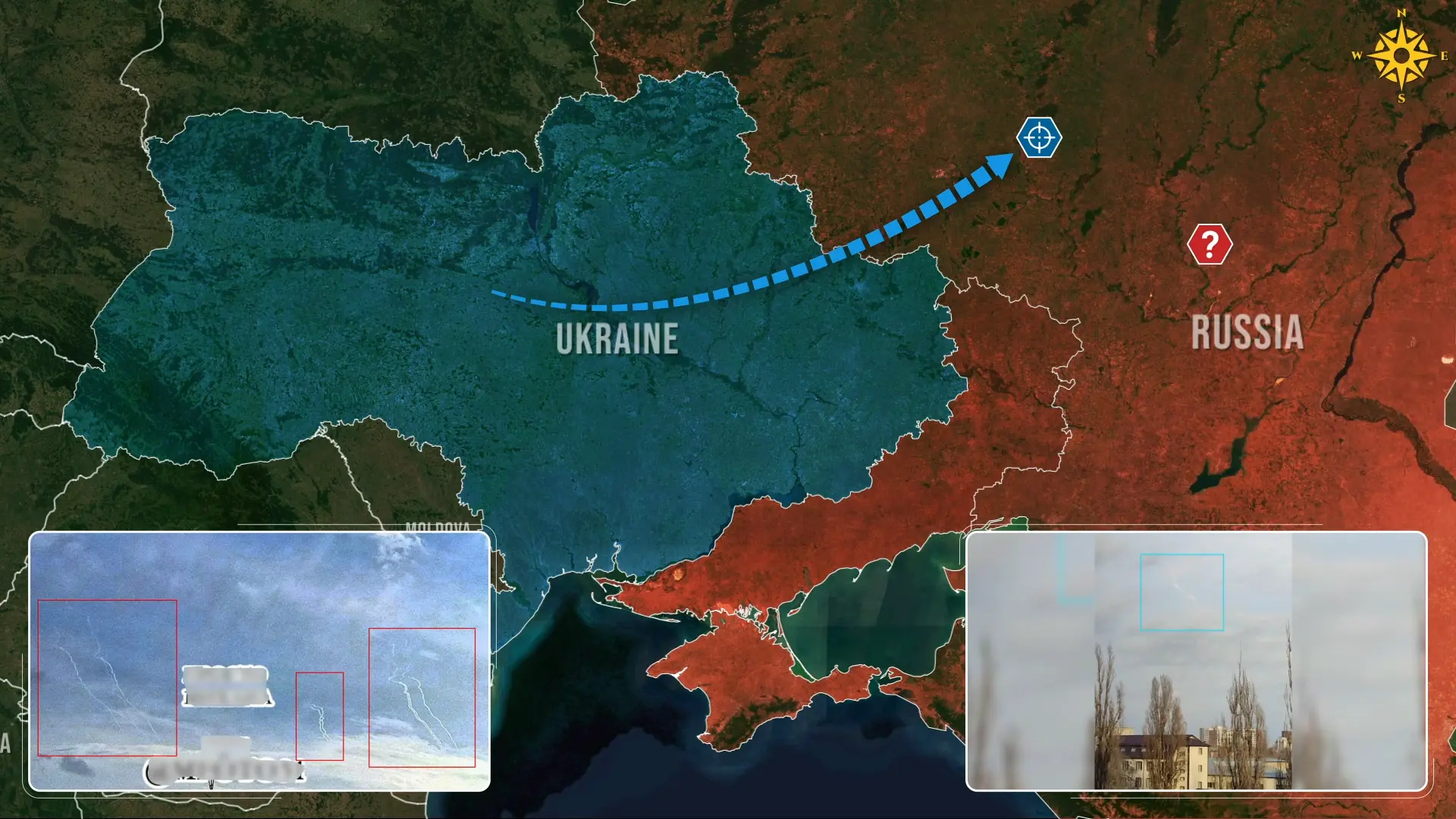
Later, the Ukrainian General Staff confirmed that Atacms missiles had been used against military targets on Russian soil. As usual, Russian officials claimed that everything had been intercepted, which was contradicted by images of Atacms debris, including intact missile casings without visible air defense damage. Analysts assessed that none of the missiles launched at Voronezh were intercepted, as the observed smoke trails resemble those produced by Atacms cluster variants during mid-air warhead deployment.

The smoke trails were spotted above the Baltimore airbase in Voronezh, hinting that it was one of the targets of the attack. Another high value one was the Pogonovo training ground, one of Russia’s central facilities for preparing soldiers before deploying them toward Ukraine. Reports from the region indicated a significant presence of Russian troops when the missiles arrived, increasing the likelihood of substantial personnel losses, with damage still being evaluated.
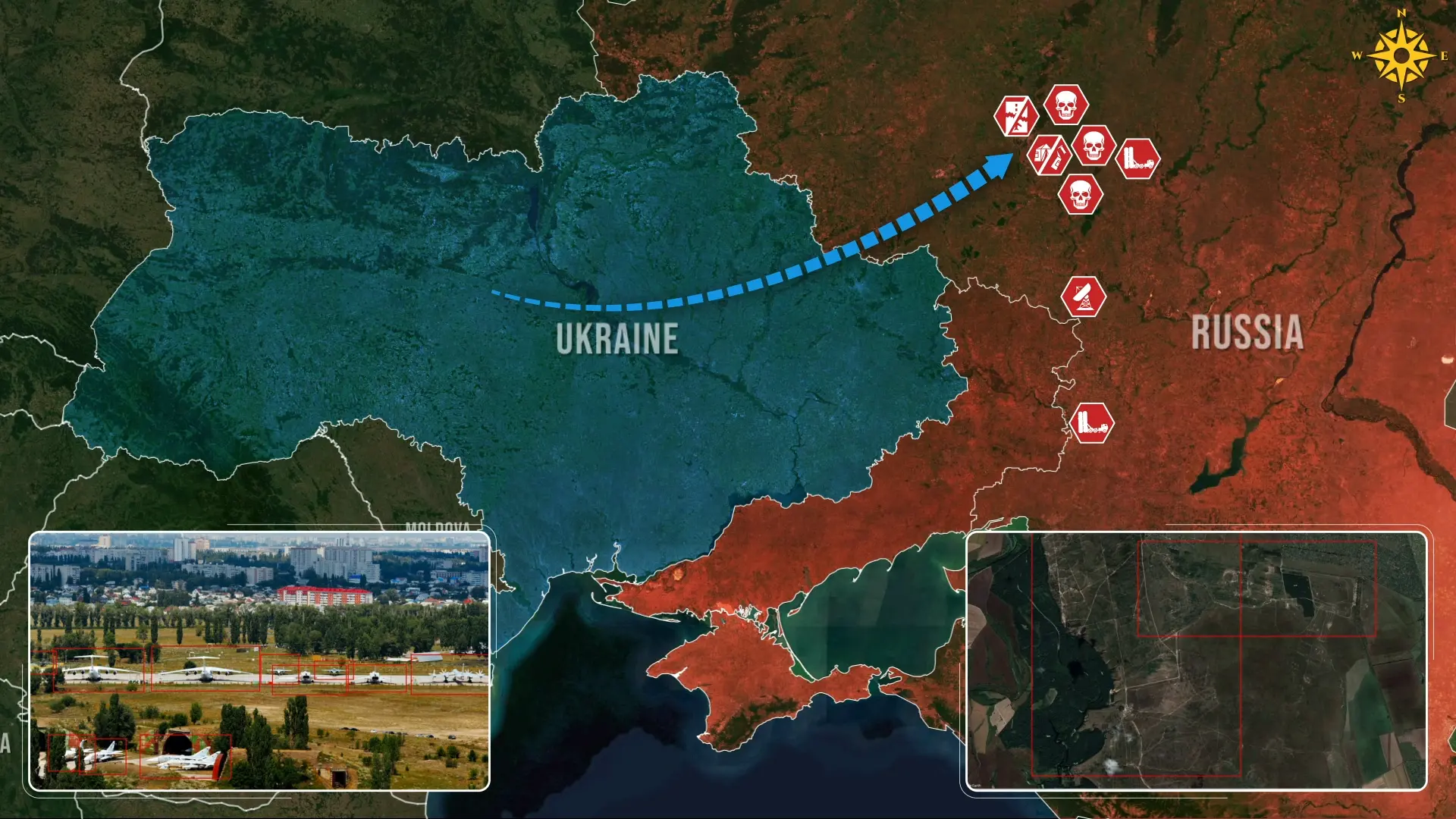
The renewed use of Atacms immediately revived Russian concerns about the system’s relevance and potential impact. With the restriction to be used on Russian territory lifted, it remains one of Ukraine’s most valuable precision tools, with a range of up to 300 kilometers and a proven ability to strike critical military infrastructure. From eastern Ukraine, this radius encompasses major Russian regions that support the frontline, with Voronezh, Bryansk, Kursk, and Belgorod among them. Potential targets include ammunition depots, staging areas, drone-launch infrastructure, airfields such as Millerovo, and various logistics hubs that sustain Russian offensive operations. Atacms carries a larger warhead than Ukraine’s domestically produced long-range drones of around 200 kilograms and is more difficult to intercept due to its ballistic trajectory.
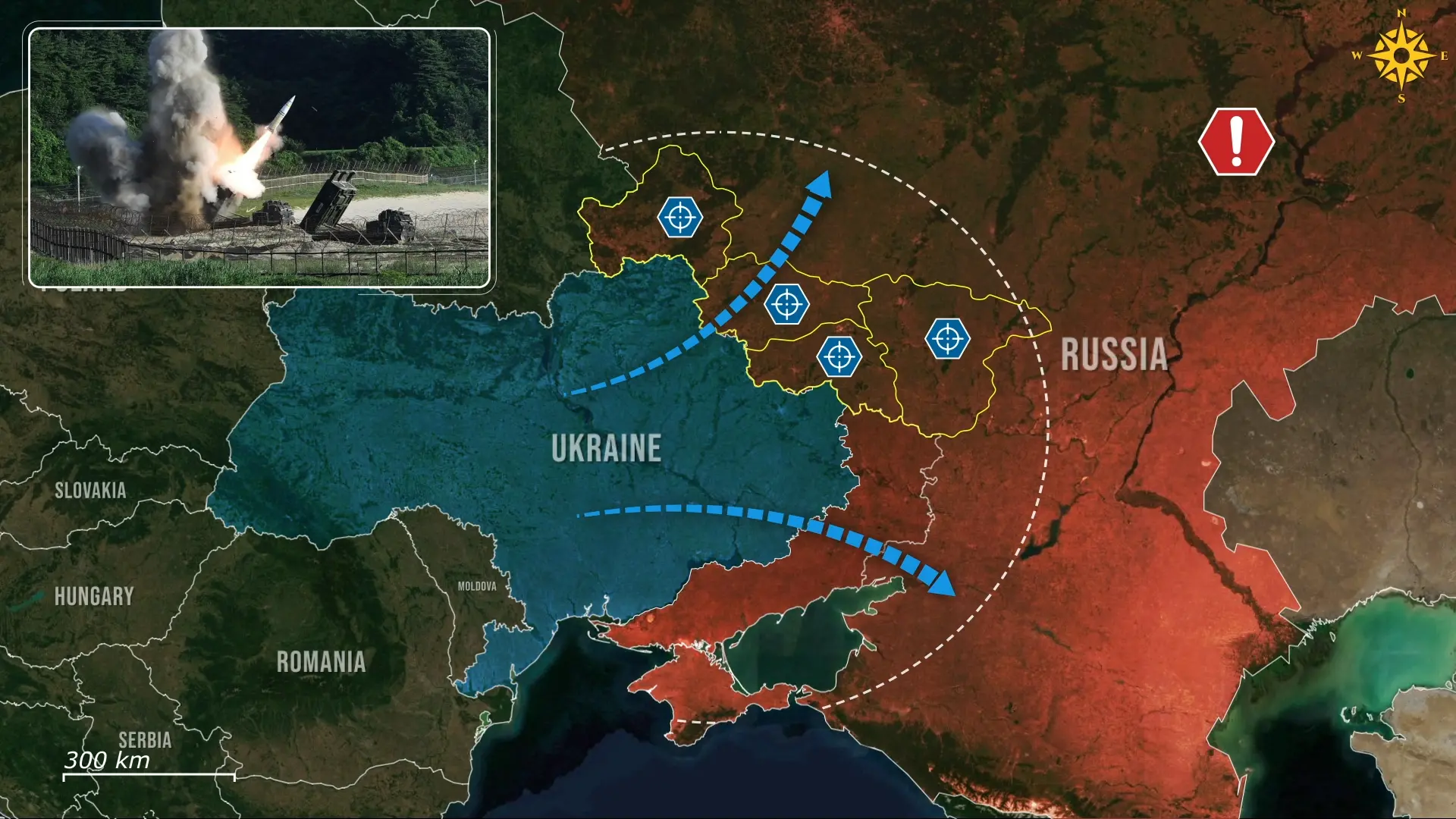
Even sporadic use forces the Russian command to reposition air-defense systems away from the front lines, indirectly easing pressure on Ukrainian aircraft and allowing deeper penetration by Ukrainian drones. This shift alone complicates Russian logistics planning and reduces their ability to maintain consistent pressure across several axes of advance.

The Atacms strike coincided with a broader Ukrainian campaign against Russian rear infrastructure. One of the most significant recent operations occurred at the Donetsk airport, where Ukrainian forces used a combination of systems, including the FP-2 long-range drone, to hit a Shahed drone storage site.
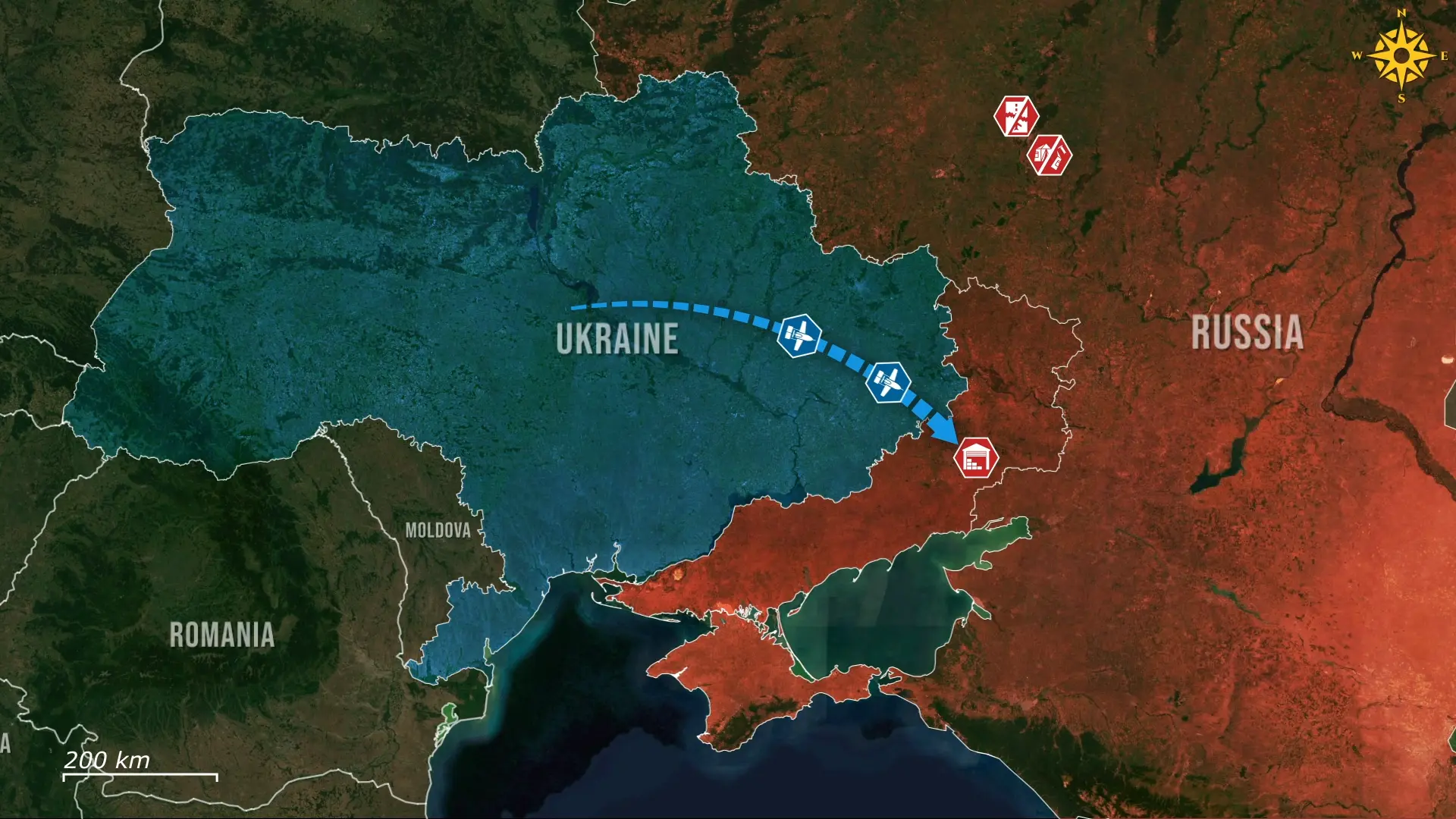
Satellite imagery confirmed that one warehouse was destroyed and another heavily damaged. Ukrainian intelligence had spent months preparing the strike, with up to 1,000 fully assembled Shahed drones and roughly 1,500 additional warheads destroyed in the explosions, which were recorded by several eyewitnesses.

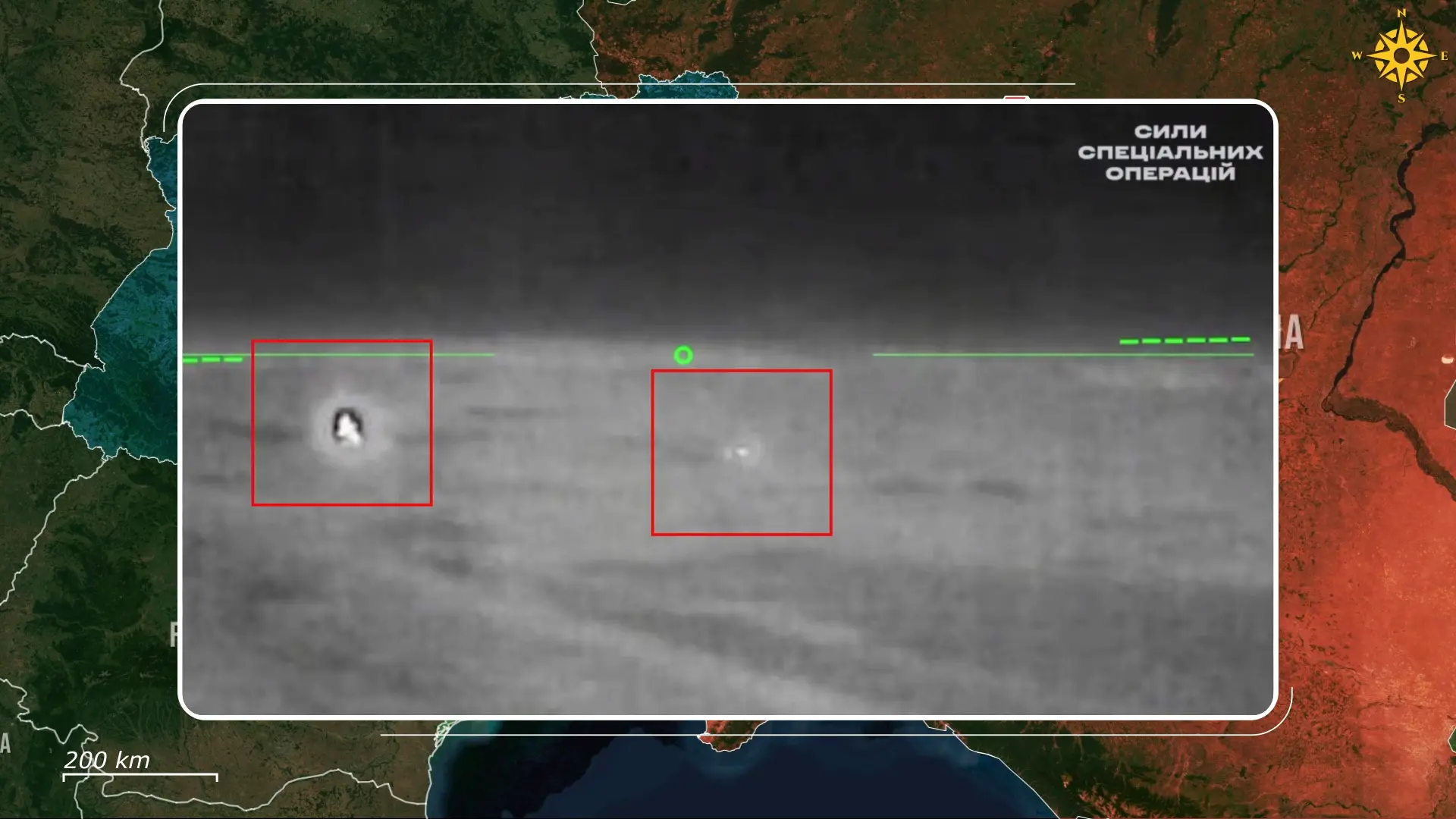
This pattern of strikes continued across partially Russian-controlled Donetsk and Luhansk regions. Footage was released showing explosions in Makiivka and parts of Donetsk city, which disrupted the energy infrastructure and caused lights to flicker during the attack. North of Donetsk, a large Russian ammunition depot in Horlivka was hit, as an effort to sabotage the Russian assaults towards Pokrovsk and Myrnohrad. The attack was followed by a strike on Dovzhansk in Luhansk, where Ukrainian drones targeted both ammunition and fuel depots, further damaging Russia’s offensive capabilities.
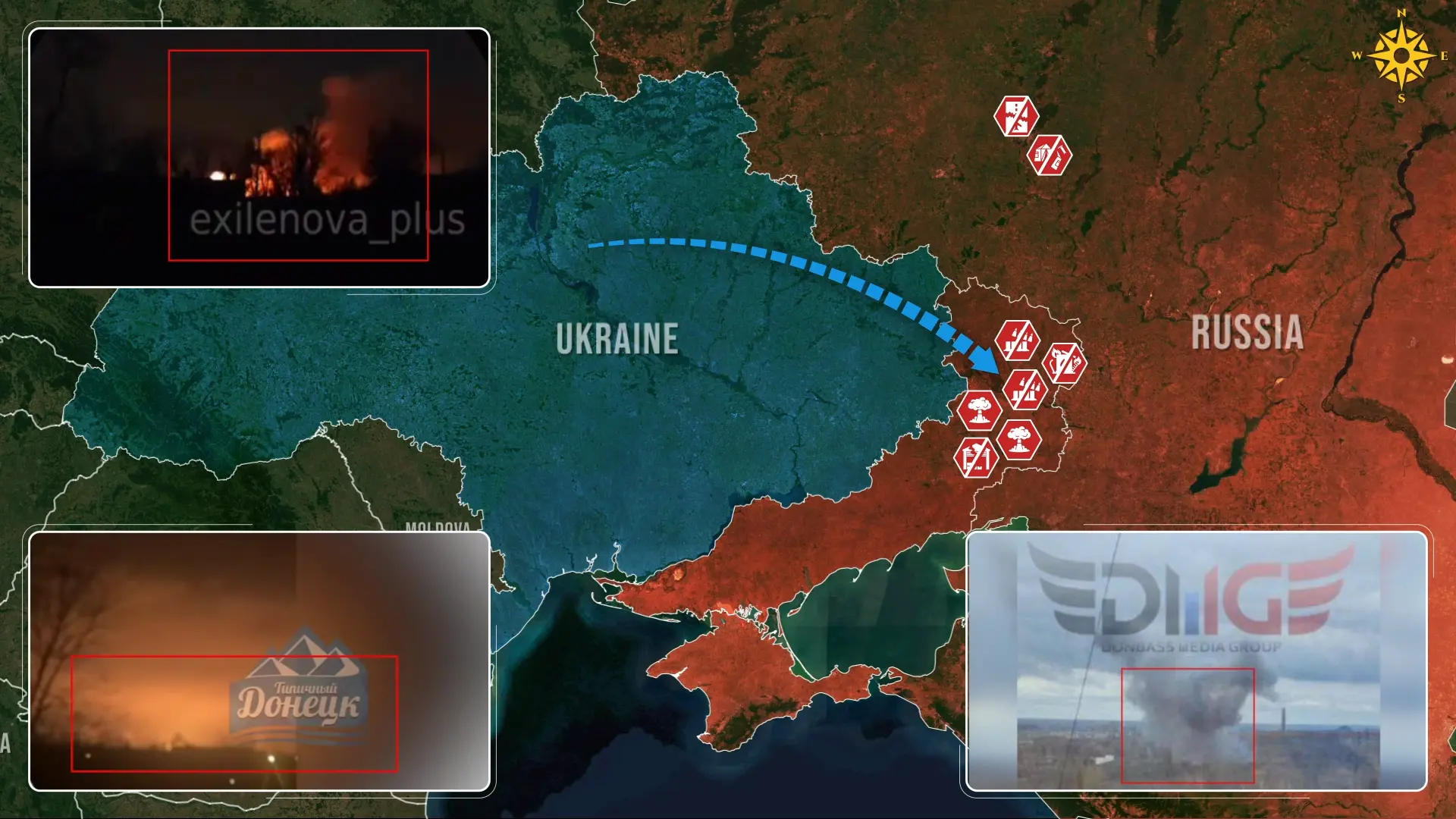
Another significant strike targeted the Kirovske airfield in Crimea, a key base supporting Russia’s Orion drones. Satellite images taken after the strike showed two hangars destroyed, and visible damage across the drone maintenance zone and a nearby helicopter landing area.
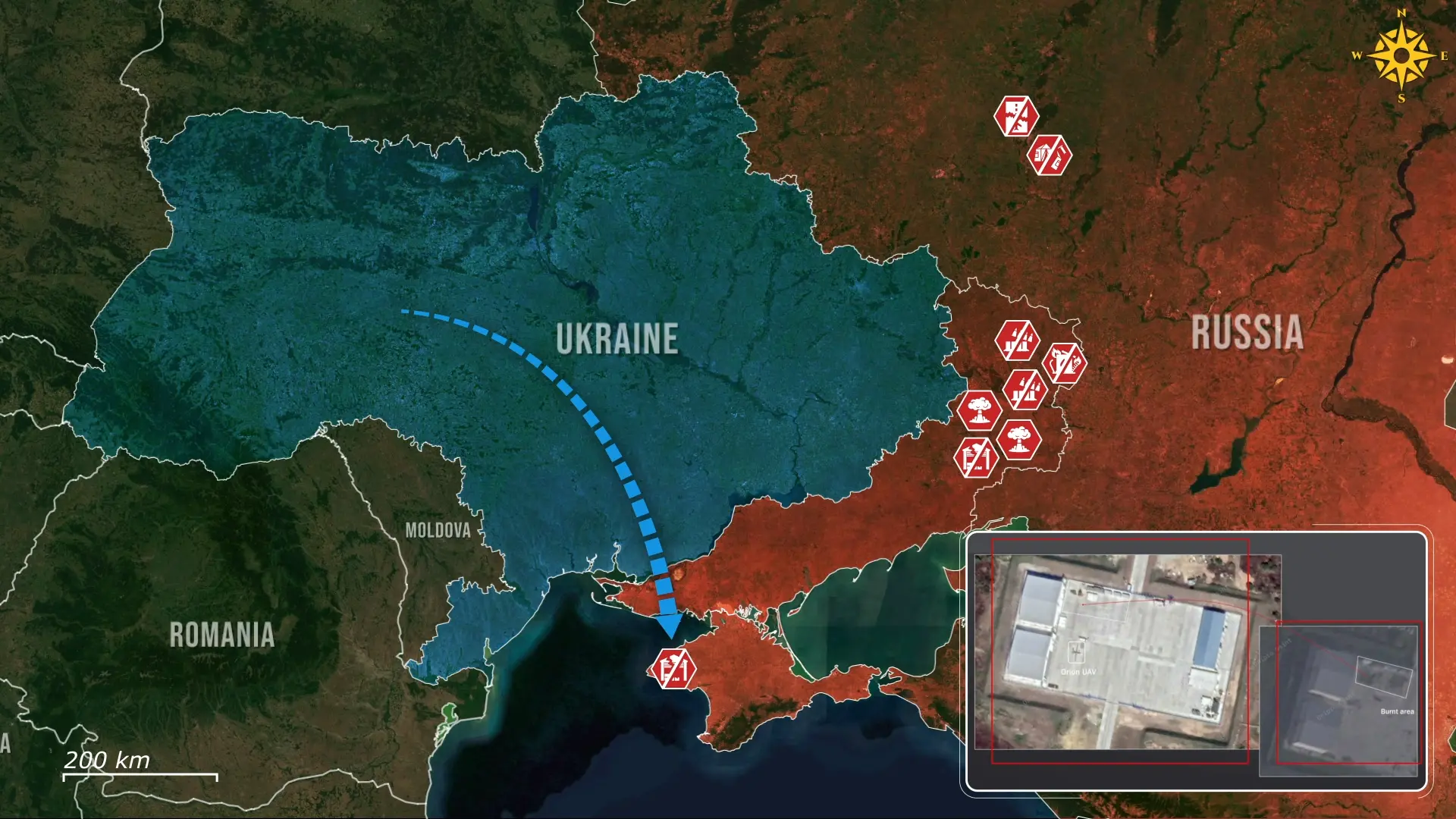
Overall, the unexpected reappearance of Atacms in the strike on Voronezh underscores Ukraine’s evolving ability to reach deep into Russian territory with US-approved precision weapons. The combination of Atacm's destructive power, range, and difficulty of interception forces the Russian command to adjust planning, divert resources to the rear, and reconsider the vulnerability of previously secure sites. Even when used sparingly, these weapons impose significant pressure, signaling that Ukraine and its allies will not let the Russian rear feel safe.
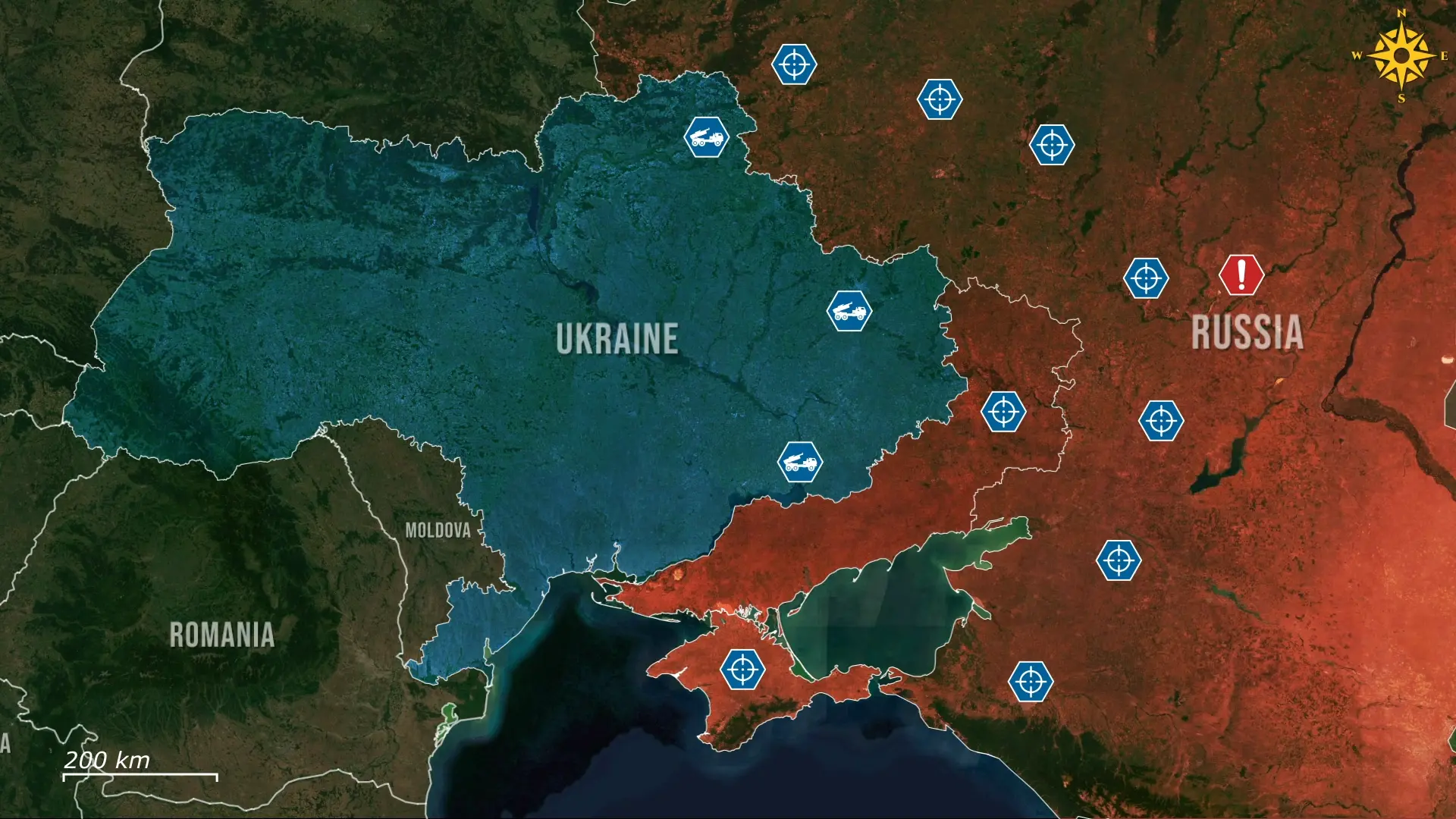









.jpg)
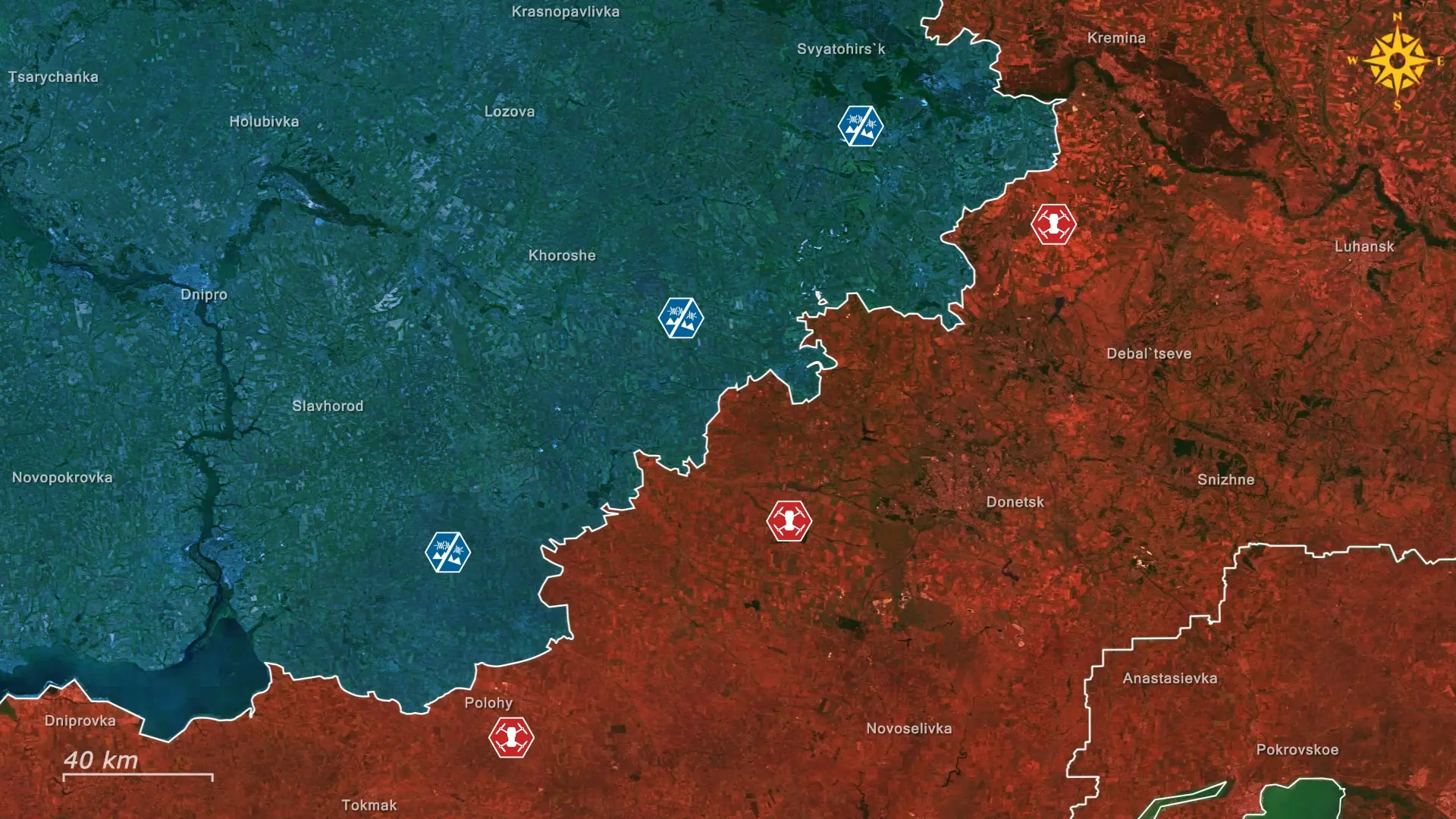



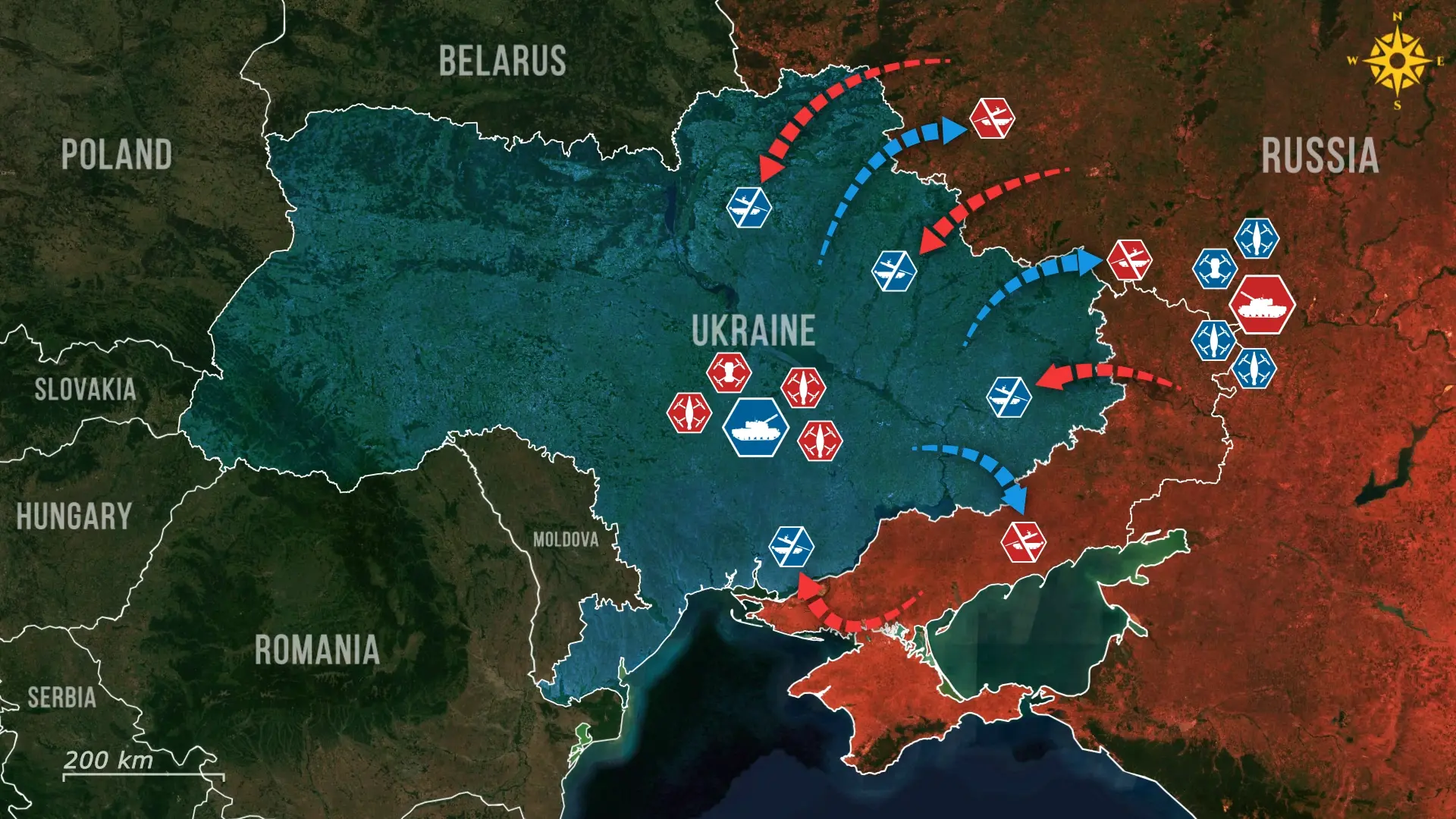
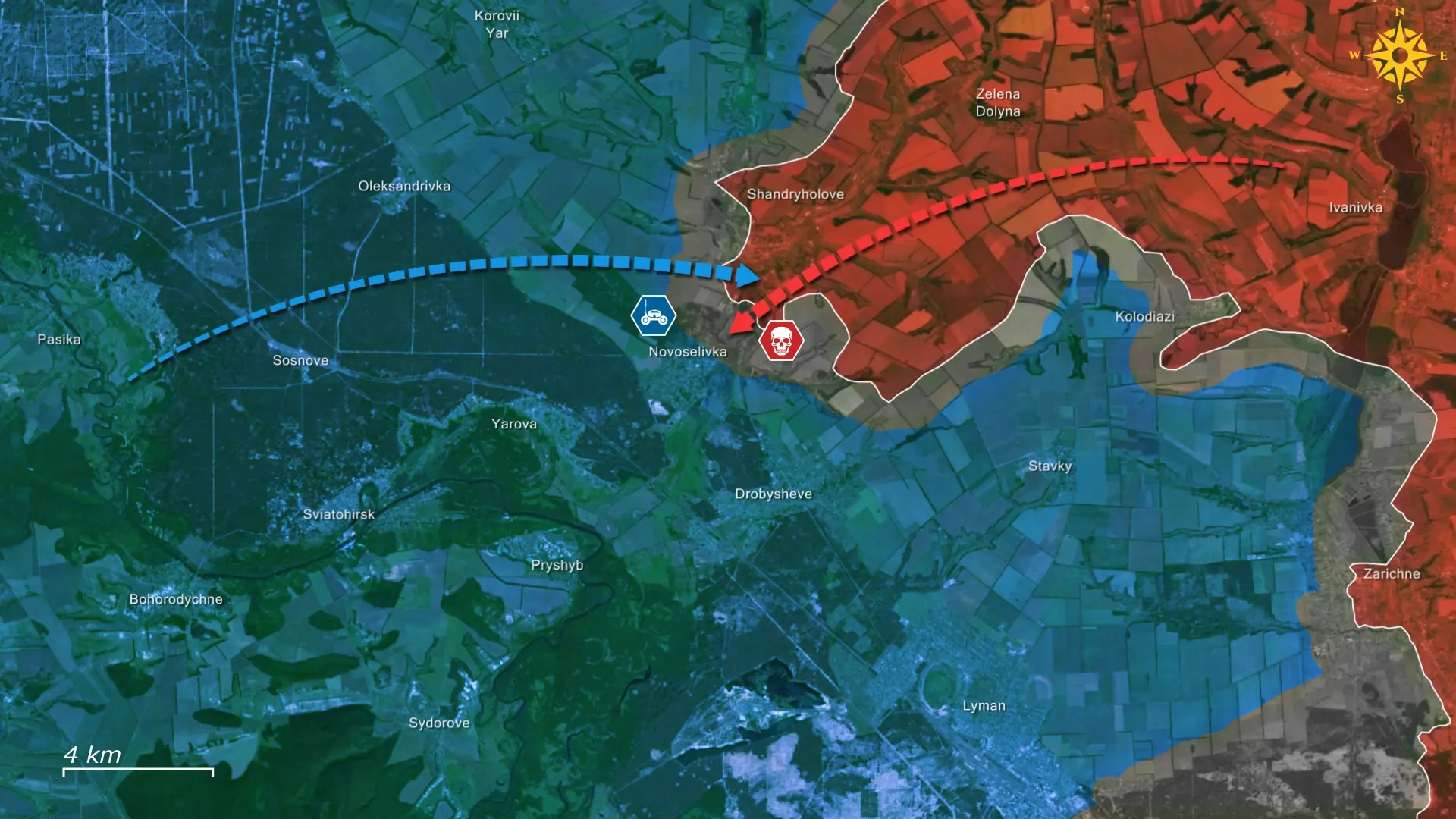
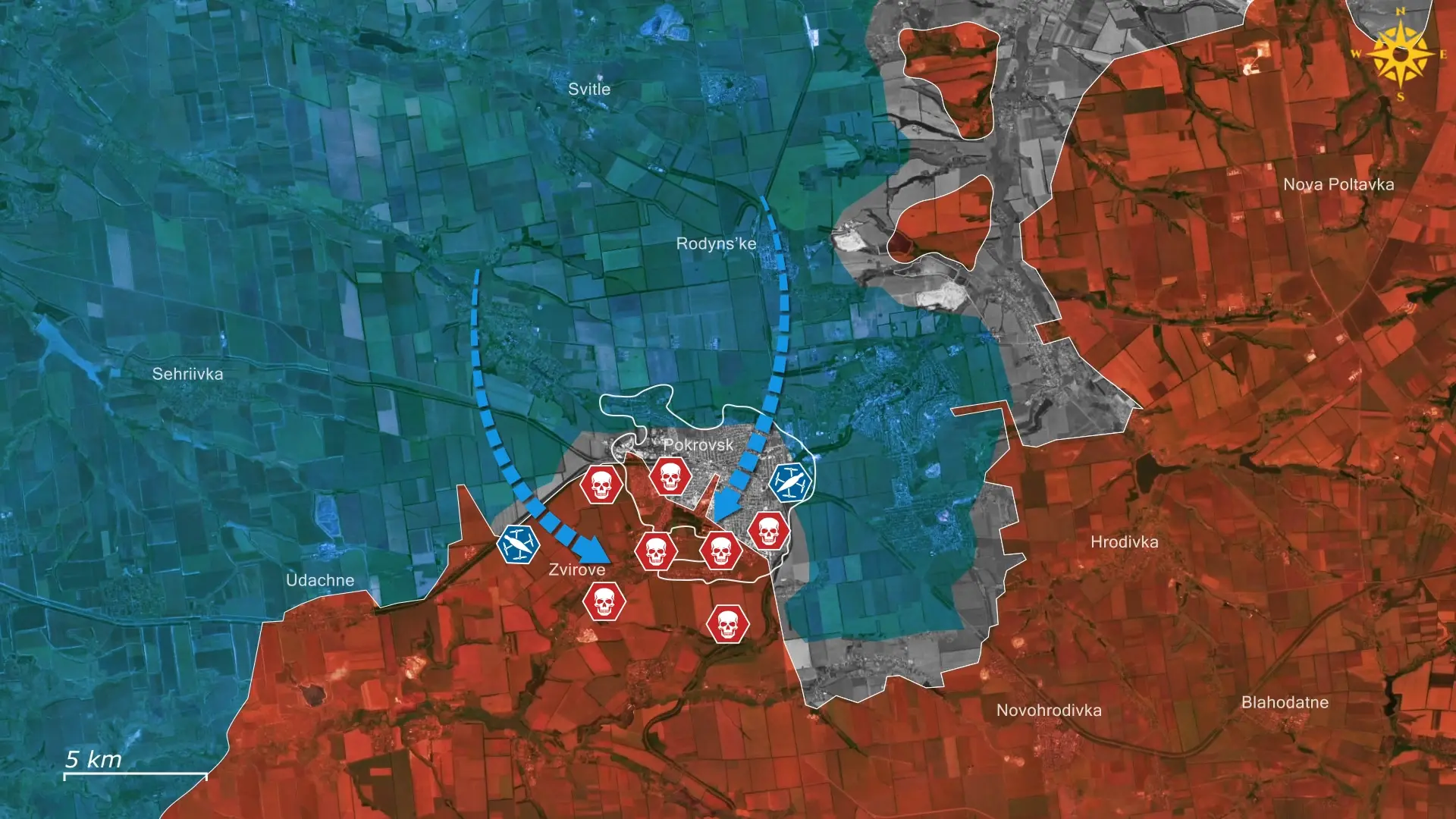
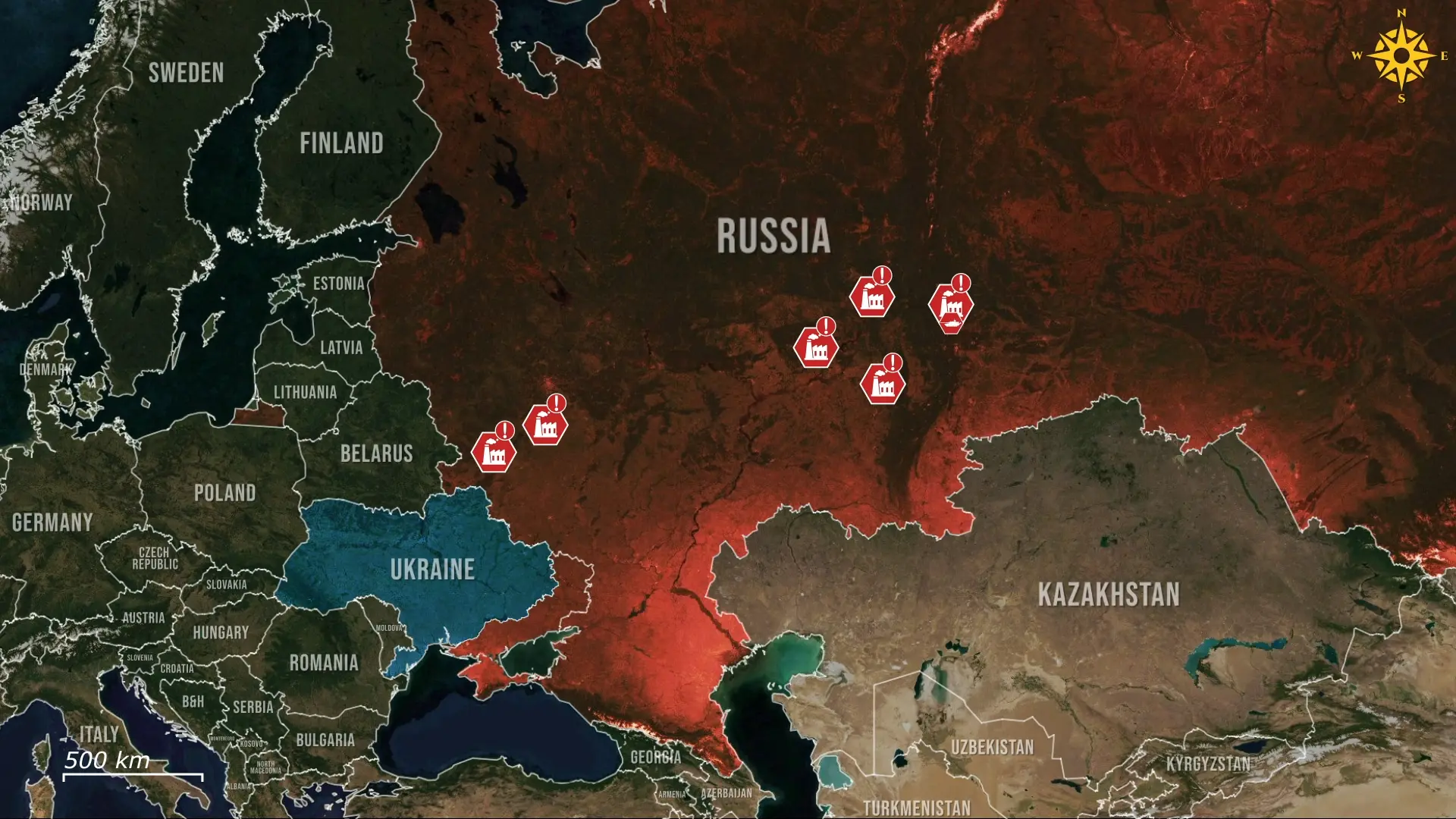
Comments